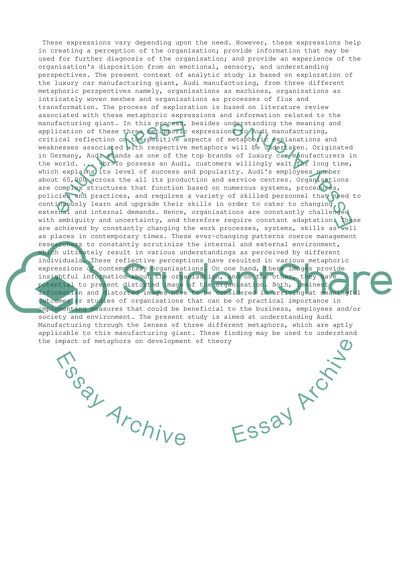Cite this document
(“Metaphoric comparison of Audi Manufacturing Essay”, n.d.)
Retrieved from https://studentshare.org/business/1397445-organisation-behavior
Retrieved from https://studentshare.org/business/1397445-organisation-behavior
(Metaphoric Comparison of Audi Manufacturing Essay)
https://studentshare.org/business/1397445-organisation-behavior.
https://studentshare.org/business/1397445-organisation-behavior.
“Metaphoric Comparison of Audi Manufacturing Essay”, n.d. https://studentshare.org/business/1397445-organisation-behavior.


